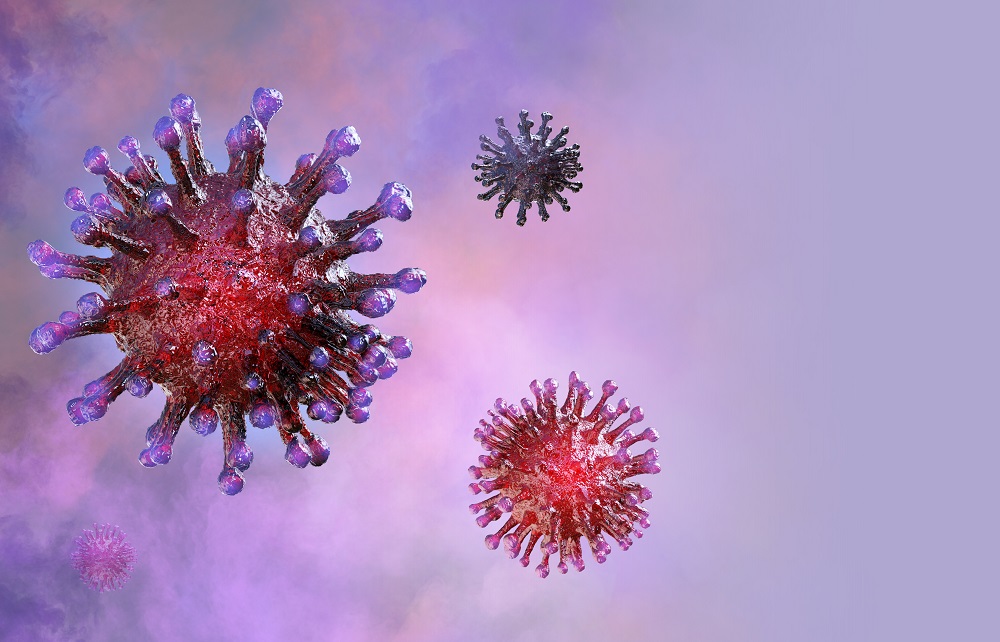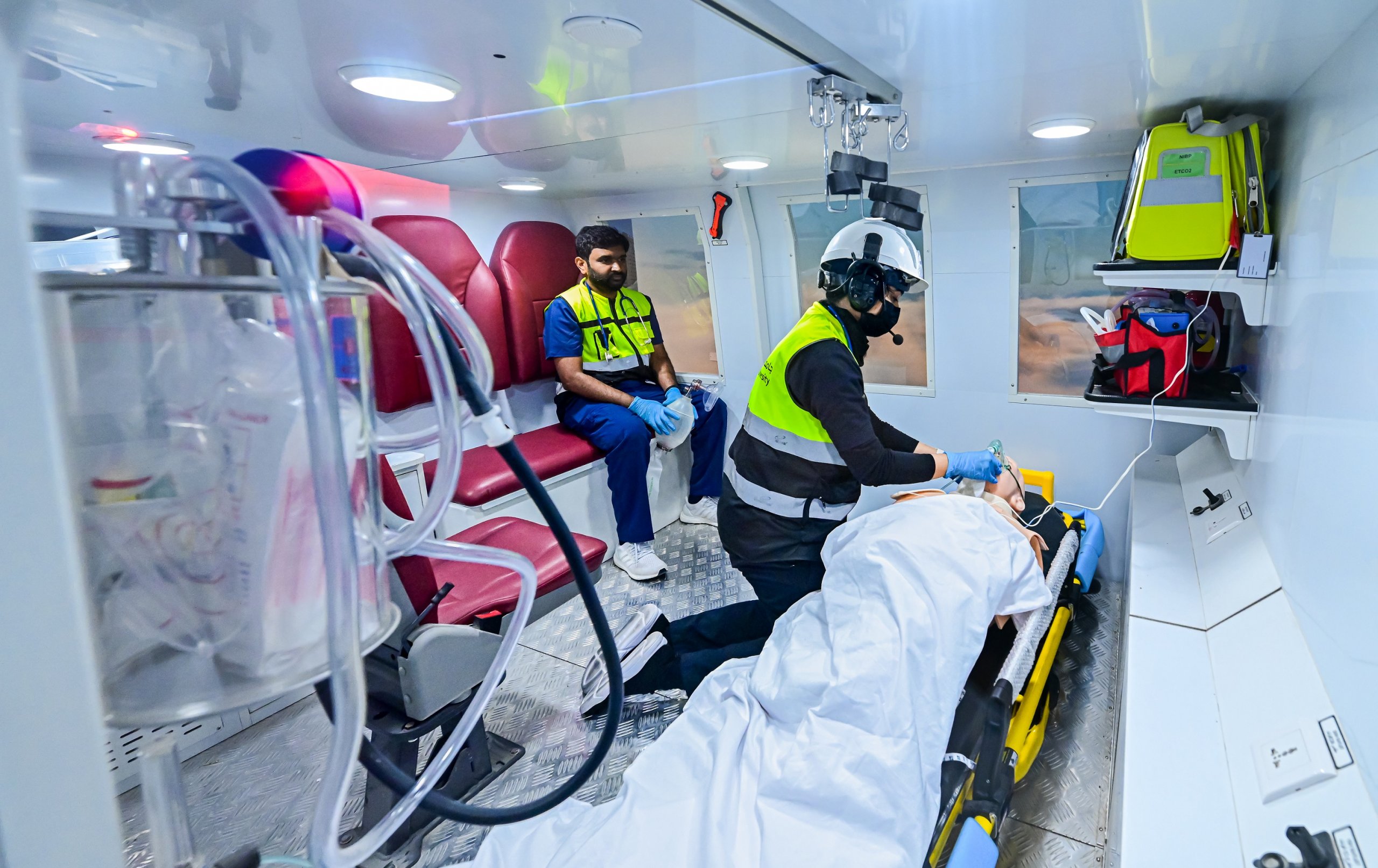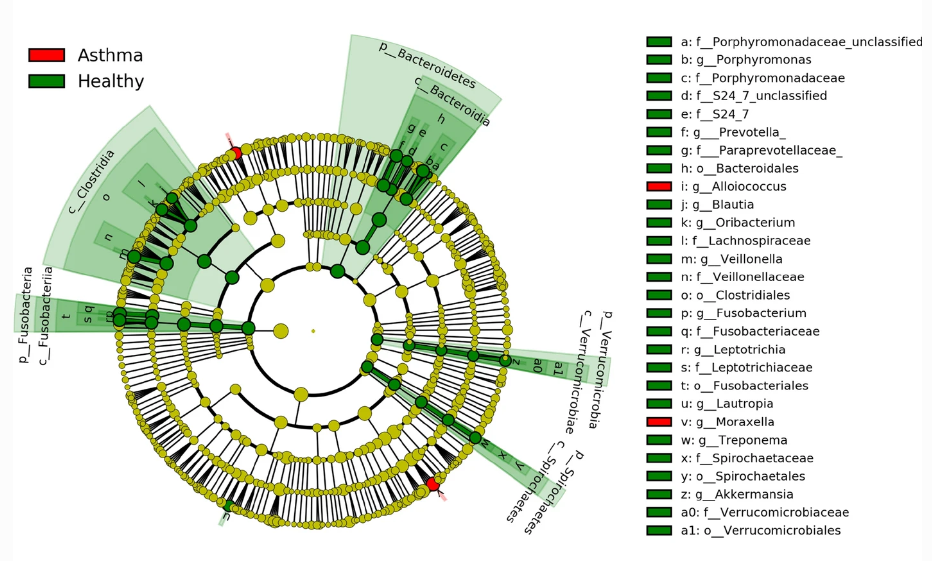
Dr. Juan Acuna, Associate Professor of Epidemiology & Population Health at Khalifa University, Provides an Overview of Coronavirus. He Explains Why the Virus Spreads Quickly, and Offers Important Precautionary Tips to Prevent it from Spreading Further
What is Coronavirus?
There are numerous coronaviruses (CoV) out there, some are the cause of many mild common cold cases in humans every year, and some cause diseases in animals. (Rarely does an animal CoV transmit to humans.)
Seven coronaviruses are known to cause disease in humans, and four of these are the culprits behind the common cold. Coronaviruses 229E and OC43 cause the common cold with their catchy names, while NL63 and HUK1 are also associated with colds. The new kid on the block, SARS-Cov2, is a novel coronavirus identified as the cause of coronavirus disease 2019, named COVID-19, that began in Wuhan, China in late 2019, and has since spread worldwide.
SARS-CoV2 is one of the three coronaviruses that cause much more severe respiratory infections in humans and have caused major outbreaks of pneumonia in the 21st century. MERS-CoV was identified as the cause of Middle East respiratory syndrome (MERS) that rocked the Middle East in 2012, while SARS-CoV2 was identified in 2002 as the cause of the outbreak of severe acute respiratory syndrome (SARS).
The coronaviruses are spherical viruses containing a single strand of RNA with an envelope of glycoproteins that produce the corona (crown) effect in electron microphotographs, hence the name: coronavirus. They produce frequent, mild respiratory infections in humans, but once infected, the subject develops an immunity that will typically last a few years. Fortunately, humans are very good at developing immunity towards coronaviruses. This means, once you get it, you won’t get it again… unless it mutates. Occasionally, these viruses may produce a more severe form of disease such as SARS and MERS.
COVID-19 was first reported in Wuhan, but has since spread extensively in China and now worldwide. But the virus does not have legs or wings, and therefore does not have mobility on its own; it must be transmitted by sneezing or coughing (respiratory aerial transmission) or by direct contact between people.
While seasonal flu has a mortality rate of 0.1 percent, COVID-19 has a mortality rate of 1 to 2 percent. So this new disease has a ten to twenty times higher mortality rate, which is important. Seasonal flu kills 30,000 people every year in the US alone, because it infects millions of people every year. COVID-19 has killed about 4,000 people up to the writing of this article (10 March), with a bit more than 110,000 people infected. If we let it infect the same number of people as the common cold, it would kill many more because the death rate proportion is much higher than that of the seasonal flu, which is why COVID-19 has raised such a high level of concern.
Why has COVID-19 spread so rapidly?
COVID-19 took the world by surprise; we were unprepared and no one is immune to the new virus. If we would have been able to prepare, there would probably have been no pandemic.
A pandemic happens when something that is easy to transmit, and for which there is no preparedness or immunity, spreads rapidly. In this case, global panic is coming from the type of virus this one is, and the fact that we have no information as to any treatments or vaccines, as of yet.
Our lack of information, however, is understandable. Prior to this outbreak, nobody was studying this new virus, because it is impossible to prepare for one particular new mutation of a virus. Even with limitless resources and funds, it would be impossible to prepare for each and every possible mutation of a virus, because each and every mutation could cause a different next disease. It is impossible to predict. Even the seasonal flu vaccine each year is a guess as to which strain will become the most widespread—a very educated and carefully predicted guess, but still a guess. You would have to spend hundreds of years on this process to be able to model every single possibility.
That’s why we had no knowledge about COVID-19, and the lack of knowledge has been the most important reason for the rapid spread, panic and reaction.
Khalifa University supports research into epidemiological behavior, diagnosis of, and prevention against viruses like coronavirus. But the reality is that nobody was doing anything specific on immunization and treatment because the new behavior (product of the new mutation) was completely unexpected.
Will the spread of COVID-19 slow down?
Containment is literally in our hands! Containing and preventing the spread of COVID-19 can be achieved by sneezing or coughing into a tissue or your sleeve rather than into the open, by being far away from those that are ill (no contact), and by avoiding physical contact with ill people or with surfaces that may be contaminated. Additionally, to help prevent transmission and contain the outbreak, quarantine and isolation measures are being applied to limit the local, regional, and global spread of COVID-19.
The previous versions of novel coronavirus were very, very nasty. SARS and MERS had high mortality rates and swept through populations causing real concern. That this COVID-19 comes from a novel coronavirus is worrying. But, after carefully observing the cases that have occurred, we have gained knowledge and built some expectations of what could happen, which helps considerably in our efforts to tackle this virus. We’re already seeing a plateau in the curves of new cases, especially in China. China is not seeing as many new cases as in the weeks before, because every susceptible person either has it or is isolated from the sick people—or they’re immune by now.
Khalifa University’s Department of Epidemiology and Public Health is working in support of the health authorities in the UAE, including the Ministry of Health, to put the lid back on the coronavirus box. We support the UAE’s efforts aimed at reducing and avoiding public gatherings, which help to prevent the disease from entering new places, and slow the spread of the disease across the country.
Most importantly, however, we advocate for increased awareness and preparedness among authorities and the general public. It’s vital that people have accurate information about the virus, that measures are in place for public health protection, and health recommendations are promoted and made easily accessible. We need to guide people to appropriate sources of information that is adequate, truthful and unprocessed by untrusted media outlets.

What you can do to stay protected from COVID-19
I don’t recommend using a mask, for starters. A healthy person can’t avoid contact with the virus by using a regular mask, and ill people should already be isolated or confined to their home or healthcare facilities. If you are ill, you shouldn’t use a mask either: pulmonary lesions may be worsened by using a mask. You should be isolated.
Wash your hands regularly and attentively and make sure you cough or sneeze into a tissue or your sleeve. Clean frequently all surfaces, especially those that many people touch. Try to avoid contact with other people where and when possible and don’t touch surfaces that may be contaminated. And stop touching your face! But most importantly, don’t panic.
Most of the information currently available points towards caution and containment and to the management of those ill, so there’s no need to panic buy or hoard anything. Instead, follow the advice and directives issued by the people working to keep the public safe and understand that the aim is to prevent more people from getting coronavirus.
Hopefully, these measures will stop you from getting the disease, but you may have to sacrifice a holiday or attending an event. We will all be affected by COVID-19, but we want to be impacted as little as possible.
The silver lining to any worldwide disease outbreak is the sudden interest in pursuing a career in medicine and public health. Many people go into medicine for altruistic reasons: they want to help cure a disease or look after others. We’re expecting an uptick in applications to our medical programs and we’re looking forward to welcoming a new generation of students inspired by the fight against this and any future pandemic.

The sites where you can find useful and truthful information are:
- Real-time tracking of the pandemic:
https://gisanddata.maps.arcgis.com/apps/opsdashboard/index.html#/bda7594740fd40299423467b48e9ecf6
- General and extensive information about COVID-19
https://www.cdc.gov/coronavirus/2019-ncov/community/home/index.html
https://www.who.int/emergencies/diseases/novel-coronavirus-2019
- Information and advice for TRAVELERS
https://www.cdc.gov/coronavirus/2019-ncov/travelers/index.html






